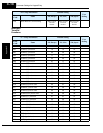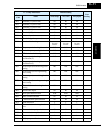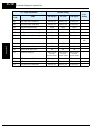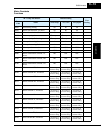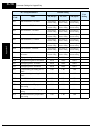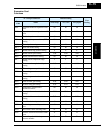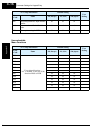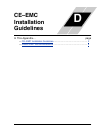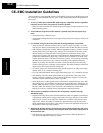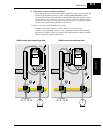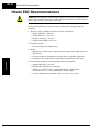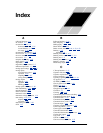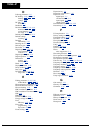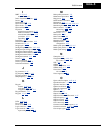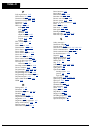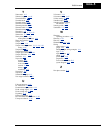
CE–EMC Installation Guidelines
Appendix D
D–2
CE–EMC Installation Guidelines
You are required to satisfy the EMC directive (89/336/EEC) when using an SJ300 inverter in an
EU country. To satisfy the EMC directive and to comply with standard, follow the guidelines in
this section.
1. As user you must ensure that the HF (high frequency) impedance between adjustable
frequency inverter, filter, and ground is as small as possible.
• Ensure that the connections are metallic and have the largest possible contact areas (zinc-
plated mounting plates).
2. Avoid conductor loops that act like antennas, especially loops that encompass large
areas.
• Avoid unnecessary conductor loops.
• Avoid parallel arrangement of low-level signal wiring and power-carrying or noise-prone
conductors.
3. Use shielded wiring for the motor cable and all analog and digital control lines.
• Allow the effective shield area of these lines to remain as large as possible; i.e., do not
strip away the shield (screen) further away from the cable end than absolutely necessary.
• With integrated systems (for example, when the adjustable frequency inverter is commu-
nicating with some type of supervisory controller or host computer in the same control
cabinet and they are connected at the same PE-potential), connect the shields of the
control lines to ground + PE (protective earth) at both ends. With distributed systems (for
example the communicating supervisory controller or host computer is not in the same
control cabinet and there is a distance between the systems), we recommend connecting
the shield of the control lines only at the end connecting to the adjustable frequency
inverter. If possible, route the other end of the control lines directly to the cable entry
section of the supervisory controller or host computer. The shield conductor of the motor
cables always must connected to PE at both ends.
• To achieve a large area contact between shield and PE-potential, use a PG screw with a
metallic shell, or use a metallic mounting clip.
• Use only cable with braided, tinned copper mesh shield (type “CY”) with 85% coverage.
• The shielding continuity should not be broken at any point in the cable. If the use of
reactors, contactors, terminals, or safety switches in the motor output is necessary, the
unshielded section should be kept as short as possible.
• Some motors have a rubber gasket between terminal box and motor housing. Very often,
the terminal boxes, and particularly the threads for the metal PG screw connections, are
painted. Make sure there is always a good metallic connection between the shielding of
the motor cable, the metal PG screw connection, the terminal box, and the motor
housing. If necessary, carefully remove paint between conducting surfaces.
4. Take measures to minimize interference that is frequently coupled in through
installation cables.
• Separate interfering cables with 0.25m minimum from cables susceptible to interference.
A particularly critical point is laying parallel cables over longer distances. If two cables
intersect (one crosses over the other), the interference is smallest if they intersect at an
angle of 90°. Cables susceptible to interference should therefore only intersect motor
cables, intermediate circuit cables, or the wiring of a rheostat at right angles and never be
laid parallel to them over longer distances.
5. Minimize the distance between an interference source and an interference sink (inter-
ference-threatened device), thereby decreasing the effect of the emitted interference on
the interference sink.
• You should use only interference-free devices and maintain a minimum distance of
0.25 m from the adjustable frequency inverter.



